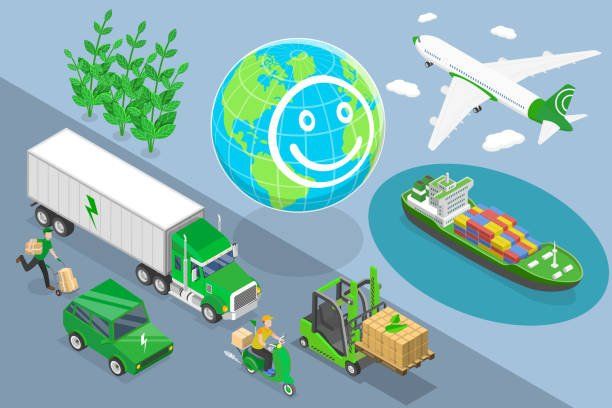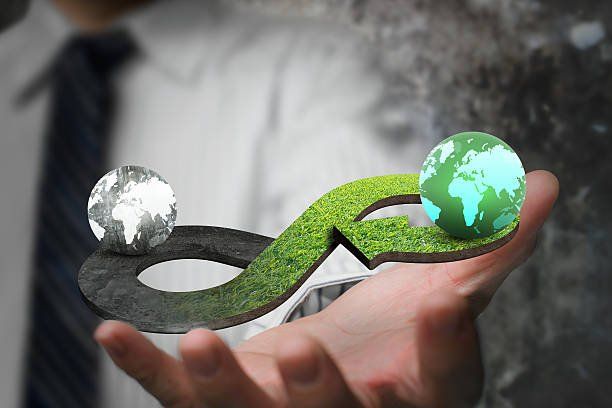The circular economy and the future of transport
By KENSA Logistics
Reuse, reduce, recycle. These three verbs are key to the circular economy, which should allow us to maintain a good level of consumption without leading to the depletion of natural resources. The truth is there is no plan B for the earth.
The urgency implied by the climate crisis means that businesses and public administrations are accelerating the implementation of innovative solutions. Many of these are related to the circular economy. They are proposals based on prolonging the useful life of consumer goods and recovering waste (be it textile, foodstuffs, electronics or plastic) in order to turn it into raw materials ready for further use. It is a challenge which is becoming a reality in increasingly more economic sectors. Having said that, what role does transport play in a circular economy?
The circular economy needs more sustainable transport
Transport plays a crucial role in helping to contribute to the green agenda throughout the planet. After all, transport is responsible for almost a fourth of the global emissions of greenhouse gases and is the sector recording the highest increase. These data also include passenger movements, but, even if excluded, the transport of merchandise still causes too much pollution and needs to move towards a more sustainable model, maximizing its efficiency and reducing CO2 emissions.
This mandate makes even more sense in view of the fact that the circular economy towards which we are moving, with redesigned logistics chains, is going to require transport with great capacity and one that is fully up-to-date. In fact, experts in mobility expect a radical change in the coming decades. In the first place, because of the electrification of engines but also because there are many other technologies that will contribute to this transformation.
In search of maximum efficiency in the long haul and in the last mile.
To meet new needs, special emphasis needs to be put on digital technologies (the Internet of Things and artificial intelligence, in the main) which can help improve transport networks. With their help, three essential aspects are achievable: route optimization, a reduction in unnecessary kilometers and intelligent traceability.
Apart from these new tools, different solutions likewise emerge depending on whether it’s a question of long-distance transport or last-mile delivery.
For long-distance transport of merchandise, the clearest proposals are:
- Reducing the use of the most contaminating fossil fuels, particularly in sea transport, where the most advanced operators are already choosing LNG as a clean fuel.
- Facilitating intermodal connections and promoting logistics platforms, a task which the different administrations should address in order to ensure maximum sustainability throughout the entire freight traffic operation.
- Further promote the use of the railway.
For challenges posed by the management of the last mile, the key ideas are:
- Promote the use of urban electric vehicles. We all know that in the large South American cities, it is not easy to make this change, but lightweight solutions are already being put forward (see some details here)
- Foment collection point networks by involving the users in a responsible use of the same.
A green look at the overall
Apart from these changes, there are other tasks pending in transport viewed in light of the circular economy, covering everything from promoting the reuse and recycling of packaging to the deployment of measures to repair and reuse with full guarantee the equipment used in transport.
In short, there are many tasks pending, but also many reasons to address them as soon as possible.




